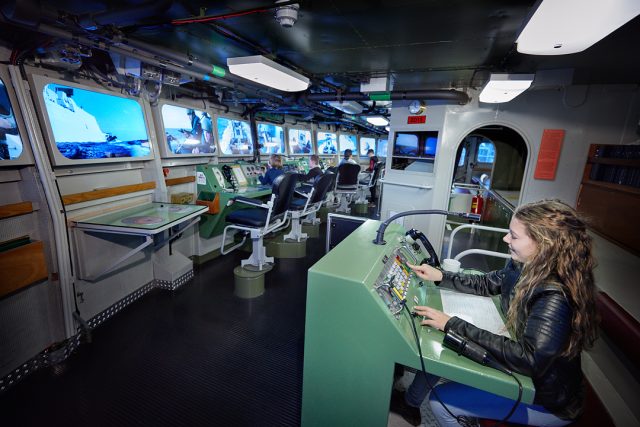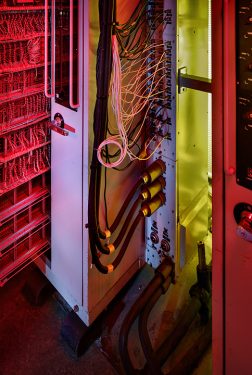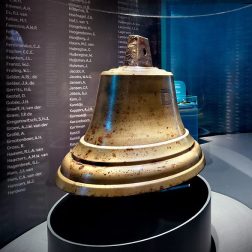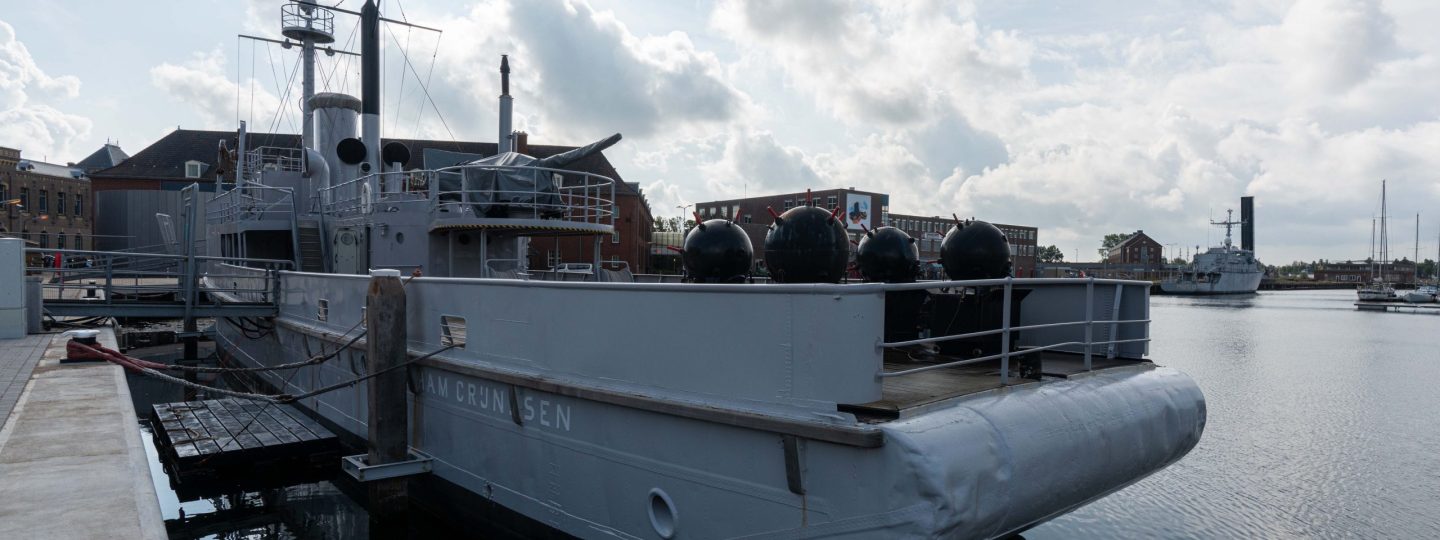
Ships packed with tales
Find more about our museum ships. It is not just submarine Tonijn that has a special story to tell. The other ships too have a peculiar history of their own.
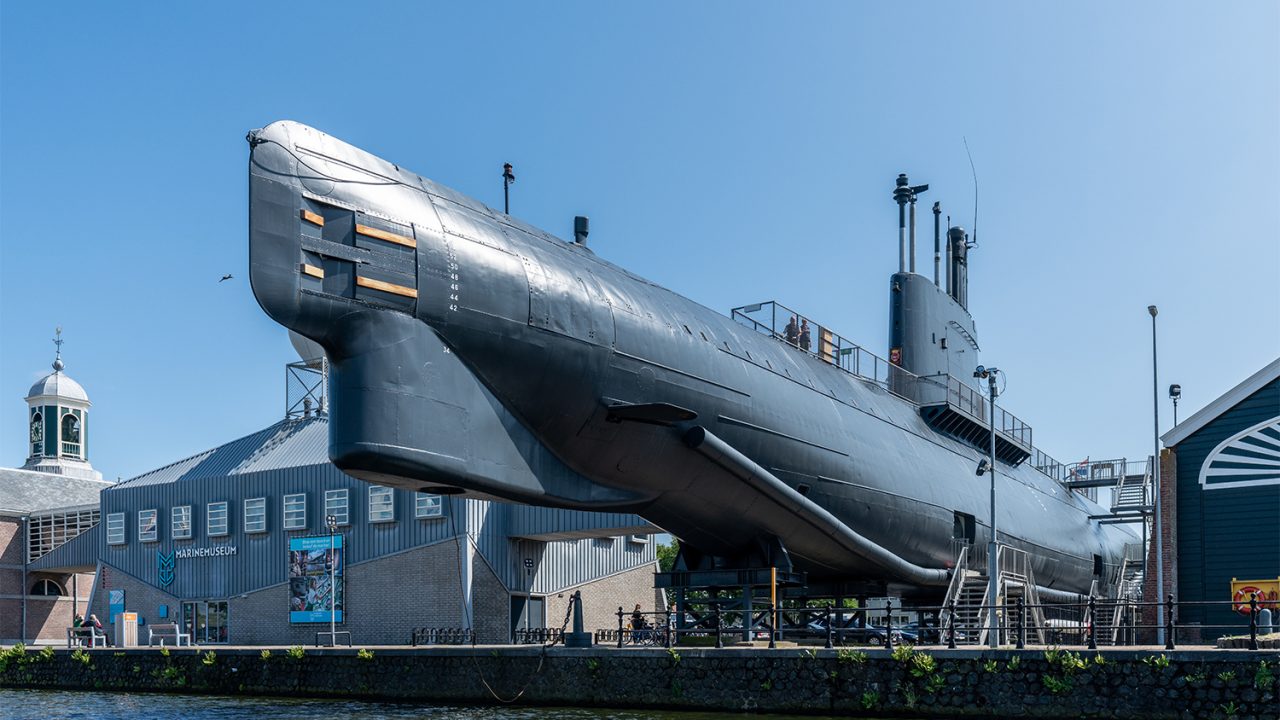
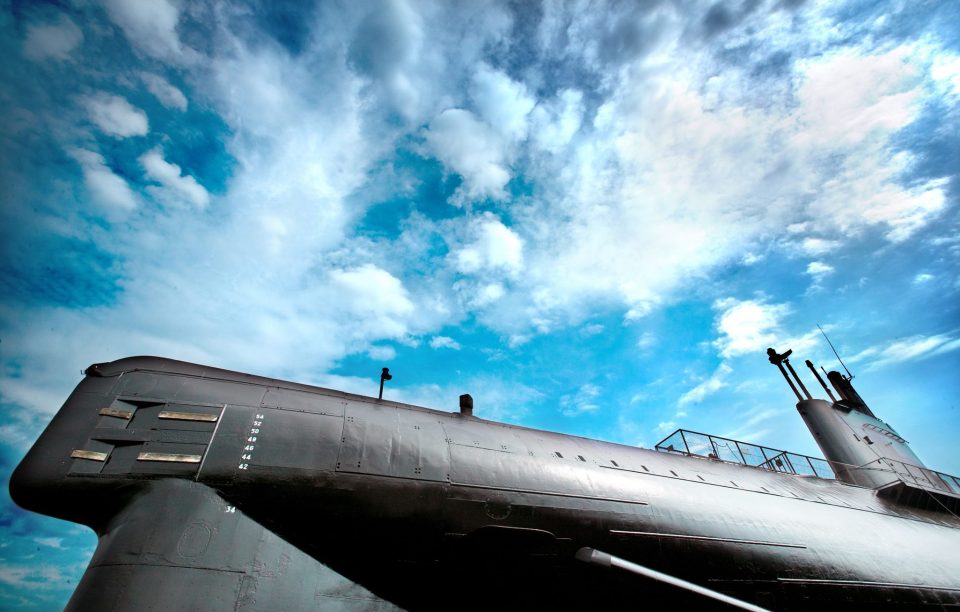
Submarine Tonijn
Of all three ships, the Tonijn is obviously the most eye-catching vessel: a large, unmissable (anthracite) grey colossus. The Tonijn offers visitors the opportunity, unique in The Netherlands, to see a real submarine on the inside! The Tonijn has been entirely preserved in its full operational glory. Climb down the hatch and experience what it is like to descend beneath the waves. Even the periscopes are still in full working order! Try and hoist yourself into one of the berths. A challenge and a half, right?
Ram ship Schorpioen
The ram ship Schorpioen was commissioned in 1868. Along with three sister ships, the Schorpioen was intended to replace the wooden ships whose remit was to defend Dutch interests at sea. They were propulsed by a combination of steam and wind power and carried smoothbore breech-loading cannons. The boat’s most striking weapon was its pointed ram bow. In practice however, the bow ram turned out to be highly overrated as a weapon. It was difficult enough to hit a moving enemy ship by cannon fire on the high seas, never mind getting close enough to actually ram him.
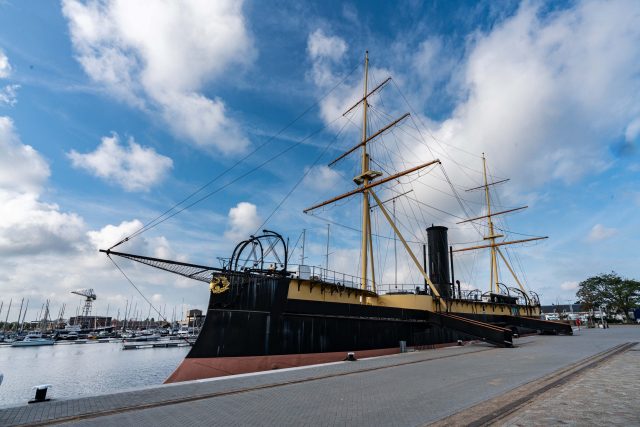
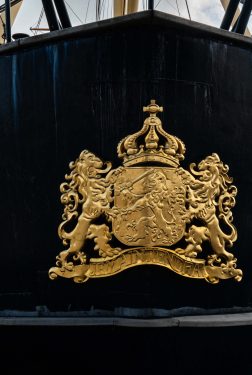
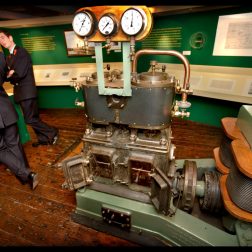
Barbed wire to keep men at a distance
The only journey the ram ship made across the border was to Belgium in 1871 as part of a naval squadron. The boat’s mission was to collect the mortal remains of Dutch service personnel who had been killed during the Belgian Revolution (1830-1833).
In 1906, the Schorpioen was refitted as an accommodation ship (a floating barracks), which put an end to the vessel’s career as an operational warship. From 1951 to 1971, the ship housed the Marine Vrouwenafdeling (Marva) (Navy Women’s Volunteer Corps) in Den Helder. To keep eager men at bay, the Schorpioen was protected with metres of barbed wire.
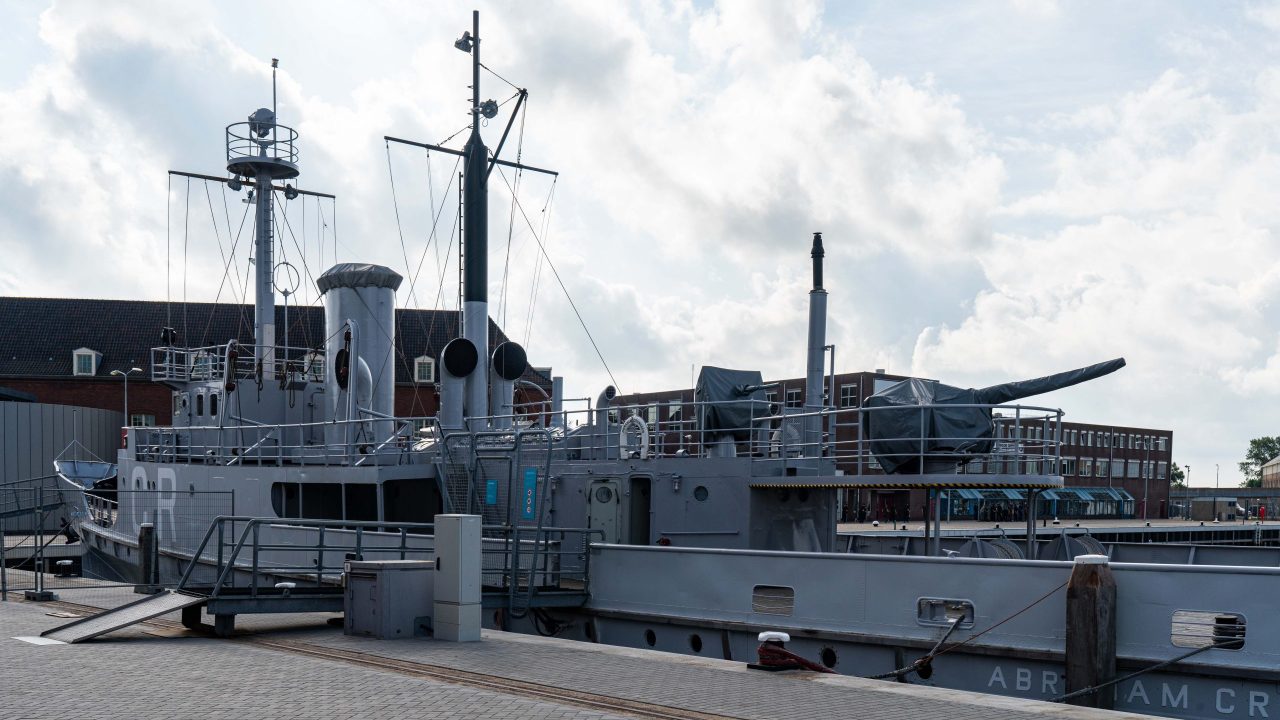
Minesweeper Abraham Crijnssen
The steel minesweeper Abraham Crijnssen was built in 1936. Few Royal Netherlands Navy ships have had quite such a heroic track record as this ship. During the Second World War, the Abraham Crijnssen managed to evade the Japanese, camouflaged as a tropical island. On board were 11 officers, 48 crew members and a lady nurse. After nine tense days, the ship safely arrived at the coastal town of Geraldton on Australia’s West Coast.
From 1937 forward, the Abraham Crijnssen was stationed in the former Dutch East Indies. Later on, it served as a training ship, net port ship and corps ship for sea cadets. In 1997, it was assigned to the Navy Museum’s museum fleet.
In association with Kennis door Theater (Knowledge through Drama association), the ship’s exciting escape from the Japanese was turned into a theatrical show. ‘An island escapes’ is on show during the summer season. The shows are free of charge on presentation of an admission ticket to the museum.
The Ruyter
The guided weapon frigate De Ruyter, named after the seventeenth-century admiral Michiel De Ruyter, was commissioned in 1976. Together with her sister ship Tromp, she formed the face of the Royal Netherlands Navy for many years. During her operational existence, the De Ruyter mainly sailed as flagship of various squadrons. To this end, the frigate had extra space and means of communication for a squadron staff. In addition, the De Ruyter was equipped to protect squadrons against air and sea targets, could be used for anti-submarine warfare and
to carry out coastal bombing.
In 2001, the De Ruyter was taken out of service after 25 years. Between 2002 and 2005, the Royal Netherlands Navy commissioned four air defense and command frigates to replace the guided weapon frigates. In 2011, the bridge house and radar globe of the guided missile frigate were opened to visitors to the museum.
